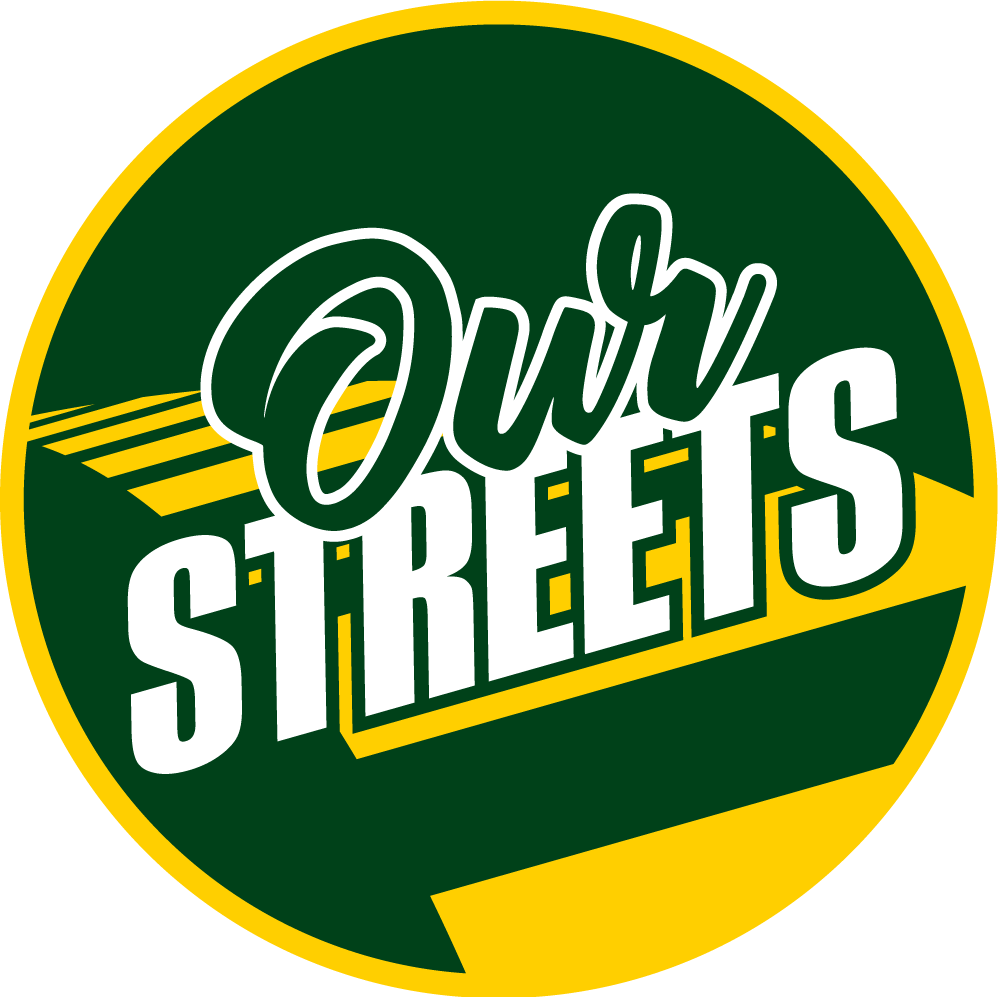There are many different definitions of GENTRIFICATION that one may encounter.
Here are a few:
“The buying and renovation of houses and stores in deteriorated urban neighborhoods by upper- or middle-income families or individuals, raising property values but often displacing low-income families and small businesses.”
“A process in which a poor area (as of a city) experiences an influx of middle-class or wealthy people who renovate and rebuild homes and businesses and which often results in an increase in property values and the displacement of earlier, usually poorer residents.”
“Gentrification: a process of neighborhood change that includes economic change in a historically disinvested neighborhood – by means of real estate investment and new higher-income residents moving in – as well as demographic change – not only in terms of income level, but also in terms of changes in the education level or racial make-up of residents.
Gentrification is complex. To understand it, there are three key things to consider:
(1) Historic conditions, especially policies and practices that made communities susceptible to gentrification,
(2) Disinvestment and investment patterns of the central city taking place today as a result of these conditions, and
(3) Impact on communities.”
The Urban Displacement Project (UDP)
UDP produced this short video which takes a deeper dive into the nuances of gentrification and displacement, and proposes a few strategies for addressing the phenomenon.
You can learn more about their organization and approach here.
UDP also identifies multiple tactics used to displace folx by landlords, many of which can be less than explicit:
Eviction
Rent increases
Harassment
Cutting off utilities
Removing parking
Refusing to repair appliances
Failing to address health-damaging factors, such as:
Mold
Pests
Lead paint
Rotting floors
Airborne pollutants
Aside from the mere fact that people may be economically excluded from a place, perhaps the most grievous aspects of gentrification are the destruction of ethnic enclaves, the dissolution of culture, and the eradication of social cohesion that results with it.
However, don’t simply take our word for it. Listen to and watch our elders and predecessors describe what the Central District used to be like for the Black community, and the impact the transition of the neighborhood has had for those who experienced it.
Aired: 11/13/19 / Rating: NR
“Seattle’s Central District was the largest enclave of African Americans in the Pacific Northwest. The once-thriving community now finds its very existence threatened by change, which is tearing apart the social fabric of their neighborhood. With few African Americans left in the Central District, can they overcome the course of change before their community and its rich history vanish?”

Missing from those definitions is the increase of policing that occurs through the process of gentrification.
When the Sound Transit Link light rail system was proposed and rolled out, it was supposed to be a bastion of hope and to help uplift the transportation needs of the communities that lived in the areas it passed through. It was also proposed as a cleaner, more environmentally friendly, and safer alternative to driving.
Even before the completion of the light rail, property values of most of the Rainier Valley began to shift upwards. and that trend continued after the light rail went into operation and plans for expansion were being developed. Within the context of a capitalist system and through that lens, an increase in property value represents an increase in equity, which is often preferable within this system. However, an increase in property value is also directly proportional to a rise in property taxes and that swift increase began pricing out many folx. This purely economic perspective lacks measures for equity and the value of community.
Simultaneously, the light rail system was implemented with fare enforcement that too often operated like a quasi-cop-gangbuster-unit used to scare riders. Fare enforcement officers would rush onto the train and corner passengers, forcibly removing people who did not have proof of fare. This was up to their discretion. Observed in isolation, fare enforcement may appear benign or appropriate because public transit is a public good, and it costs money to sustain. Yet nothing happens in a vacuum or in isolation.
As the Central District and South End were being slated for ‘improvements,’ property values increased and the demographics of Seattle shifted towards a wealthier, tech-oriented population, with corporations like Microsoft, Google, Amazon, Facebook, and others expanding in our city and region. Residential and business locations close to the downtown area, including the Central District and South End, rose quickly in demand. Folx not from our neighborhoods viewed our neighborhoods as “bad” and as “crime”-filled spaces that needed to be cleaned up. The policing of our neighborhoods increased and continued to increase well beyond when the light rail went into operation. The increase in policing was, in part, a response to this economic demand.
So the net result of these simultaneous forces colliding was that the community – in particular, BIPOC and people experiencing poverty or economic hardship – are less likely to be served by or benefit from the light rail, despite the light rail having been argued to be in the service of our communities. This is all because our people have either been pushed or pulled out.
Gentrification – in almost every case, all throughout the country – is coupled with an increase in policing of the people who are deemed “undesirable.” This happens with such regularity that it is impossible to separate the two from each other.

